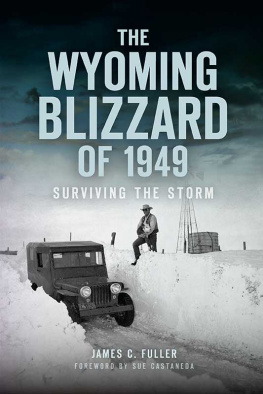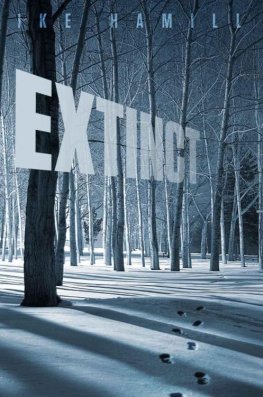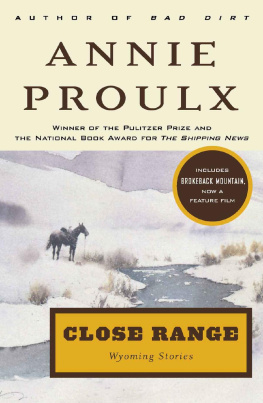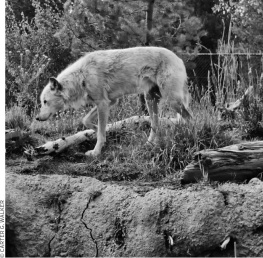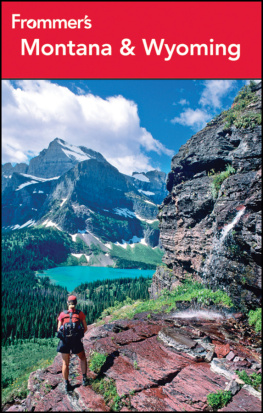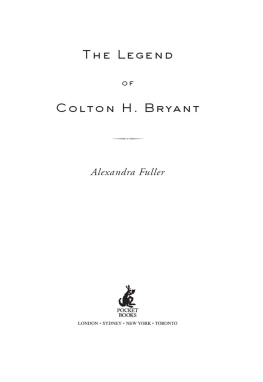

Published by The History Press
Charleston, SC
www.historypress.com
Copyright 2018 by James Conway Fuller
All rights reserved
First published 2018
e-book edition 2018
ISBN 978.1.43966.490.2
Library of Congress Control Number: 2018936087
print edition ISBN 978.1.62585.935.8
Notice: The information in this book is true and complete to the best of our knowledge. It is offered without guarantee on the part of the author or The History Press. The author and The History Press disclaim all liability in connection with the use of this book.
All rights reserved. No part of this book may be reproduced or transmitted in any form whatsoever without prior written permission from the publisher except in the case of brief quotations embodied in critical articles and reviews.
This book is dedicated to my lovely wife, Marilyn, and two wonderful children, Zackary and Alyssa. Thank you for assisting me through the years in finally making this dream of writing a book come true.
CONTENTS
FOREWORD
Ive often thought that history is just really good gossip. We go through our days barely remembering what we ate for breakfast, but we can vividly recall the incredible tales of an event that affected us many years ago.
In 2008, as an oral historian for the Wyoming State Archives, I had the opportunity to interview one of Wyomings centenarians. Vera Walling was a lovely Cheyenne woman who distinctly remembered the treacherousness of the Blizzard of 49. She and her husband, Ken, lived out in Durham, a little railroad station along the track east of Cheyenne. They came to town on a Friday night to spend the weekend, but when they tried to return home the following Sunday, snow drifted their car nearly to a halt at what is now Pershing Boulevard and Ridge Road. They managed to turn around and drive to the Cheyenne depot and waited for a passenger train, which finally arrived around midnight, to take them home.
When we went through Durham, the engineer didnt even see it, so they let us off at Hillsdale to catch a westbound train that never came, Walling recalls. One of the railroad section men and his family attempted to get to their home east of Hillsdale, and they froze to death in their car. I was glad we hadnt gotten off in Durham or we would have never made it home.
Fortunately, the Wallings were able to stay with another railroad employee and his wife for a few days and finally got home on Friday behind the railroad snowplow in a motor car. Even better, they thought their dog would have died in the frigid temperatures, but some kind neighbors had managed to take care of him.
As in any blizzard or natural disaster, there are those who simply endure or wait out the event. But for the ranchers and farmers in Wyoming, the loss of cattle and crops is financially devastating and can alter the future, not only for them but also for consumers who depend on them for sustenance.
I feel it a great privilege to know the author of this book, James Fuller, who, like me, didnt start out as a historian. We may both be what I call accidental historians. We came to love history and Wyomings historical events later in our careers; James served in the military, and I was a marketing specialist and fundraiser.
My book, titled The Hitching Post Inn: Wyomings Second Capitol, was published in 2012, which was how I came to know James. While completing his military service in Cheyenne, he served on the board of directors for Wyomings Historic Governors Mansion and as chair of the Cheyenne Historic Preservation Board. Together, we enjoyed talking about all the great stories that Cheyenne and Wyoming had to offer and coming up with book ideas that we hoped would be interesting reads. James is a go-getter! Originally, the contents of this book were made into a feature film presentation on Wyomings PBS station and received statewide acclaim. In book form, the reader will enjoy in-depth stories about the Blizzard of 49 and how it affected the lives of so many in the area.
I heartily applaud James for the many hours of research he did and the numerous in-person interviews he conducted to pull such a book together. As the Hitching Post Inn was a mainstay of Wyomings travel industry and legislative history, the Blizzard of 49 will long be remembered as a cataclysmic occurrenceeven more so now that this book has been published.
I know you will enjoy it. I would also encourage you to remember that your own story is worth capturing in perpetuity. James, through his company, Discovering History and Heritage LLC, can offer you a variety of ways to record your history, whether in print, photo books or videos.
History, as I said, is just good gossip. Whats your story?
Sue Castaneda
Cheyenne, Wyoming
PREFACE
Throughout Wyomings history, the weather has affected the lives and resources of those living in the state. Standing strong through tornadoes, severe hail and blizzards, those living in Wyoming have dealt with numerous weather events. The Blizzard of 1949 took Wyoming and several other states across the plains by surprise. Other blizzards had hit Wyoming in the past, causing devastation and financial loss for the state. In 1887, a blizzard recalled by many old-timers during the 1949 blizzard decimated the cattle industry in Wyoming. Wyomings most substantial commerce was nearly shut down due to the loss of cattle during this blizzard. Historians have estimated ranchers lost one-third of their stock, while others lost everything due to the temperatures and the drifts caused by the blowing snow. Many of the ranchers who faced the blizzard in 1949 claimed it was as dangerous or in some cases worse than the storm in 1887.
There was no immediate concern in Wyoming that a significant weather system was approaching the area as 1948 ended. Snow was on the ground across Wyoming and neighboring states. With a forecast of colder temperatures and small accumulations of snow, Wyoming and outlying states continued with life as usual as the holiday season departed and the New Year rang in 1949. The mention of droughts the summer before mirrored stories of the Blizzard of 1887, as many ranchers recounted tales of a dry summer with no rain and drought-like conditions before the blizzard. The Moberly Monitor-Index stated, The mercury in Wyoming had dipped to 28 below zero. The paper also noted Big Piney, Wyoming, was the coldest area in southeastern Wyoming, as well as in the United States, at that time. From all aspects, this winter did not differ from other winters in times past, and life continued on.

Snowdrifts reach the tops of large trees on the Emerich ranch. Courtesy of Senator Fred Emerich.
Signs of an approaching storm were seen just days before the blizzard as reports of high winds across Colorado and Wyoming were impeding traffic and wreaked havoc on structures in the city. When wind on the western plains begins to blow, it is a strong indication of a change in the weather. Strong winds across the plains forewarned of a brutal storm approaching. These winds caused a train derailment in Denver, where winds were recorded at ninety miles per hour. In Cheyenne, Wyoming, the roof of a boiler house was torn off due to the excessive winds, according to the Los Angeles Times. A change in the weather pattern was moving its way toward the plains, and no one realized its severity. The Wyoming Blizzard of 1949 quickly approached, leaving in its wake accounts of heroism, tragedy and survival. The blizzard, however, left behind a legacy future generations continue to recount. As the seventieth anniversary of the Blizzard of 1949 approaches, many remember the struggles and feats of strength but, more importantly, those who survived the storm.
Next page
